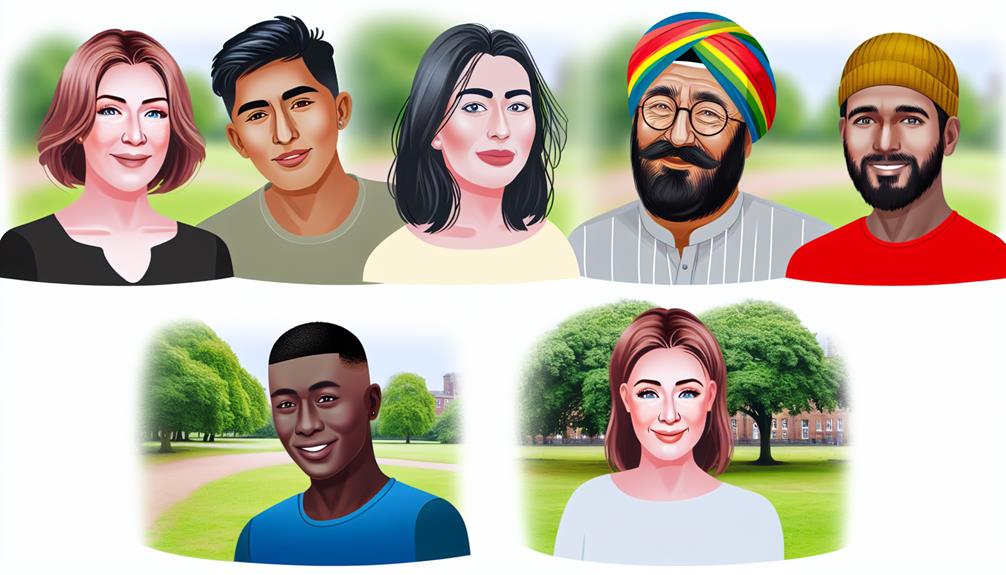Paul Andre’s career from a budding entrepreneur to a recognized expert in SEO and online marketing is a narrative of determination, creativity, and a relentless drive of perfection. Over the past 15+ years, Paul has left a notable impact in the digital marketing landscape, aiding companies grow their online presence and reach sustainable success. This is the story of his journey—a tale of early challenges, deliberate expansion, and a dedication to empowering others in the digital age.
Early Beginnings: The Birth of Entrepreneurship
Paul’s entrepreneurial spirit was sparked early in his life. Driven by a need to make a mark in the online world, he dove into multiple business models, such as website development and affiliate marketing. These initial ventures, albeit humble, provided Paul valuable insights into the workings of the e-commerce. It was during this time that he realized the power of search engine optimization—a finding that would influence the trajectory of his career.
In these formative years, Paul encountered the typical struggles of entrepreneurship: identifying a target market, growing his customer list, and navigating the uncertainties of running a business. Despite these challenges, Paul was resilient. He immersed himself in learning everything he could about SEO, realizing it as a key element for driving online traffic and business growth. His self-taught expertise in search engine algorithms, keyword analysis, and content strategy became the cornerstone of his future successes.
Establishing a Personal Brand and Building Recognition
Paul recognized from the outset that in the crowded world of digital marketing, a solid personal identity was essential. He actively shared his knowledge through articles, online forums, and social media, identifying himself as an expert in SEO. His ability to simplify complex SEO concepts into easy-to-follow tactics connected with a growing audience, allowing him to build a reputation as a reliable source in the field.
However, the road was not always smooth. Paul dealt with setbacks and challenges, such as ventures that didn’t succeed as planned. But these experiences only made him more determined. He learned to change course, pivot when necessary, and keep pushing forward. His persistence during these initial phases set the stage for the success that would follow.
The Ascent of a Digital Marketing Expert
As Paul’s expertise grew, so did his goals. He founded his own consulting business, offering tailored SEO strategies and digital marketing solutions to a broad spectrum of clients. His hands-on approach, combined with his in-depth knowledge of SEO, allowed him to deliver tangible results. Initial customers were impressed by his ability to drive traffic, enhance online presence, and ultimately, boost their bottom lines. Referrals spread, and Paul’s client base increased significantly.
Establishing relationships played a crucial role in Paul’s growth. He proactively connected with mentors and peers, creating relationships that helped him address the challenges of entrepreneurship and keep pace of industry trends. These networks not only expanded his understanding but also secured his position as a respected authority in the digital marketing community.
SEO Video Show: A Platform for Cutting-Edge Strategies
One of Paul’s most important contributions to the digital marketing world is the “SEO Video Show,” a online platform and podcast that has become a go-to resource for anyone serious about SEO. On this platform, Paul engages with industry experts, digital marketers, and top professionals, bringing their insights and strategies with a global audience. The show is not just about SEO tactics; it’s about examining the broader scope of digital marketing and being prepared of the curve.
Through the “SEO Video Show,” Paul has developed a trusted source for business owners. His conversations delve deep topics that are relevant, providing viewers a wealth of information and useful strategies. The show’s success has further cemented Paul’s reputation as a key player in the industry.
AI Money Show: Delving Into the Future of Business
Never one to rest on his laurels, Paul broadened his focus with the creation of the “AI Money Podcast.” This new project examines the intersection of advanced technology and business, a quickly growing space with tremendous potential. In the “AI Money Show,” Paul interviews AI experts, founders, and visionaries who are utilizing AI to create new revenue streams and drive innovation.
The show strives to explain AI for entrepreneurs, giving practical insights into how AI can boost efficiency, cut expenses, and create new opportunities. By bringing together between AI technology and business strategy, Paul is assisting his audience be prepared in a quickly evolving digital landscape.
The Power of Individual Branding and Thought Leadership
Paul’s journey is a demonstration to the power of personal branding. From his early days as an entrepreneur to his current status as a thought leader, Paul has always focused on the importance of building and maintaining a distinct personal brand. He believes that a personal brand begins internally, founded on self-assurance, authenticity, and a desire for continuous improvement from mistakes.
His focus on personal branding has been instrumental in growing his clientele, establishing trust, and broadening his influence in the digital marketing space. Through his video shows, videos, and speaking events, Paul has become a mentor and a source of inspiration for many new entrepreneurs and entrepreneurs.
Cultural Influences and Building Resilience
As a Filipino, Paul is conscious of the cultural aspects that influence both private and professional life. He has spoken about the “crab culture,” a cultural phenomenon that can sometimes stall progress within the community. This mentality, characterized by pulling others down rather than lifting them up, is something Paul has experienced firsthand.
However, instead of being disheartened, Paul has used these experiences to develop strength and a positive outlook. He advocates in the importance of supporting others and fostering a culture of teamwork and collective progress. This philosophy has not only allowed him to overcome challenges but has also deepened his approach to leadership and mentorship.
Managing Client Expectations with Ethics
One of the key events in Paul’s career was when he tried to end a client relationship to create space for a new opportunity. Despite his intentions, the client was eager to maintain the partnership, recognizing Paul’s value too much to let him go. This situation highlighted Paul’s strong ethical commitment to his work and his clients. Rather than walking away, he fulfilled his commitment, demonstrating the integrity and dedication that have become core values of his career.
Looking Ahead: The Future of Paul de Vera
As Paul continues to advance in his career, his focus remains on continuing to be at the forefront of digital marketing and AI trends. His shows, consulting work, and personal brand all showcase a devotion to continuous learning, innovation, and assisting others thrive. Whether through sharing the latest SEO strategies, investigating the potential of AI, or guiding the next generation of entrepreneurs, Paul Andre de Vera is ready to stay a key figure in the digital landscape for years to come.
Paul Andre de Vera’s story is one of perseverance, creativity, and a deep dedication to making a positive impact in the digital world. His journey from a young entrepreneur to a well-known thought leader is a powerful lesson that success is not just about what you accomplish, but also about how you apply your knowledge and experience to lift others up along the way.
Visit his website: https://paulandre.com/
Continue Reading →

